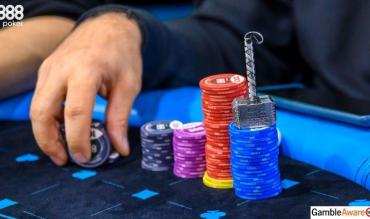Updated on May 30, 2025
We’ve all heard expressions like ‘back chat’, ‘back seat’, and ‘payback’, but have you ever noticed the poker term ‘backraise’ at the poker tables?
If so, any idea what it means? If not, no problemo, amigo!
Like most poker slang, the meaning isn’t apparent, so let's explain it all now!
What is a Backraise?
If you had to guess, you might think a backraise has to do with re-raising in a revenge or "payback" way. Though you wouldn't be a million miles away, a backraise is more like a check-raise.
It describes raising after flat call an earlier bet on the same street.
Here’s an example to help clarify:
- You’re in a tournament, and a player opens from UTG to 2.5x.
- UTG+1 calls, and it folds to you in the MP.
- You call with TT.
- The action then folds to an aggressive button who 3-bets to 13bbs, and both UTG and UTG+1 call.
- With the action back on you, you suddenly 4-bet all-in for 45bbs.
In this example, your 4-bet is a backraise. It differs from a normal 4-bet because you acted passively during the poker hand by calling.
With a regular 4-bet, you’d either be the original bettor or yet to act.
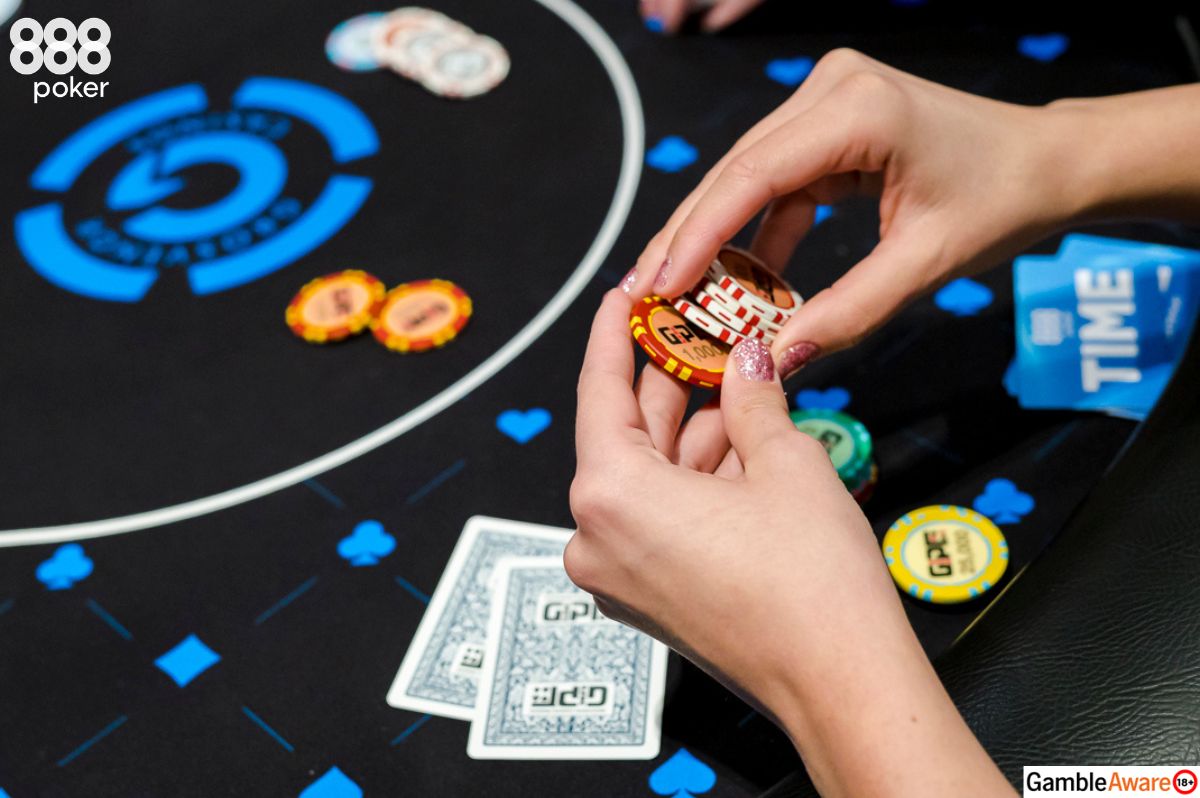
When learning how to play poker, you won't encounter a backraise too often since this play is only possible in aggressive, multi-way pots.
But it’s a good idea to familiarise yourself with the concept because they are a clever and creative play in your arsenal.
Why Do People Backraise?
Usually, a backraise will signal one of the following two player types:
- Someone who has slow played something big.
- A player who believes they have enough hand equity to pick up a sizeable bit of dead money.
Who Uses a Backraise?
Many people associate back raise poker with tight recreational players because you’ll often see them doing so with strong hands that can be tough to play post-flop, like JJ and AK.
This strategy is largely down to their passive 3-betting strategies. Many weak players are wary about playing a big pot without aces or kings. So, they call with hands like AK, JJ, and AQ, hoping to see a favourable flop before committing more money.
This play encourages stronger players to use GTO poker strategy to isolate, meaning they induce 3-bets by accident. If a few other players toss in a call, there is usually a good chunk of dead money in the pot by the time the action gets back to them.
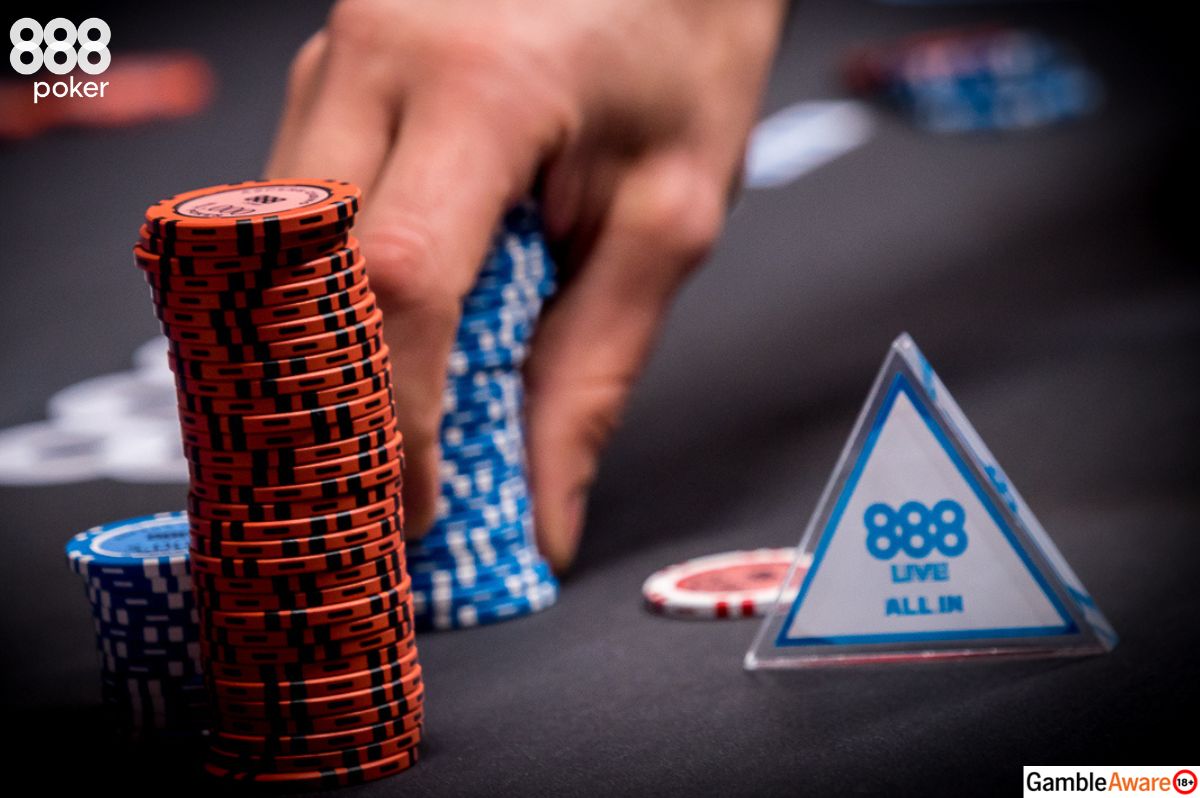
This idea can be too big of a carrot for recreational players to resist, especially since they care more about the here and now than the long term. So, you’ll often see huge backraise all-ins from recreational players with strong hands.
Big back-raises make a lot of sense. They enable weaker players to scoop the dead money without the risk of being outplayed by a post-flop poker bluff. Since they have a strong hand as insurance, there’s not much their opponents can do about it, even if they have a significant skill advantage.
Some players may criticize this approach as they see the importance of balancing strategies and ranges. However, back-raising can be a sensible approach for players who believe they are outclassed and want to keep things simple.
For the most part, you should 3-bet your big hands as a default pre-flop.
The Post-Flop Backraise
A backraise isn’t a pre-flop phenomenon. A classic example is when you hold the nut flush and want to induce action.
For example, say you have A♥️K♥️ on Q♥️5♠️2♥️9♦️2♥️. You might call and go for a backraise if there are aggressive players to act behind you, especially if they are decent hand readers.
From their perspective, you would likely raise a flush, which means you will often struggle to call a big raise. They can also put a lot of pressure on the original bettor, who can have a wide range of forced-to-fold hands, especially with you to act after.
Back-raising can be an effective way to bloat a pot since they will raise a flush when they have one.
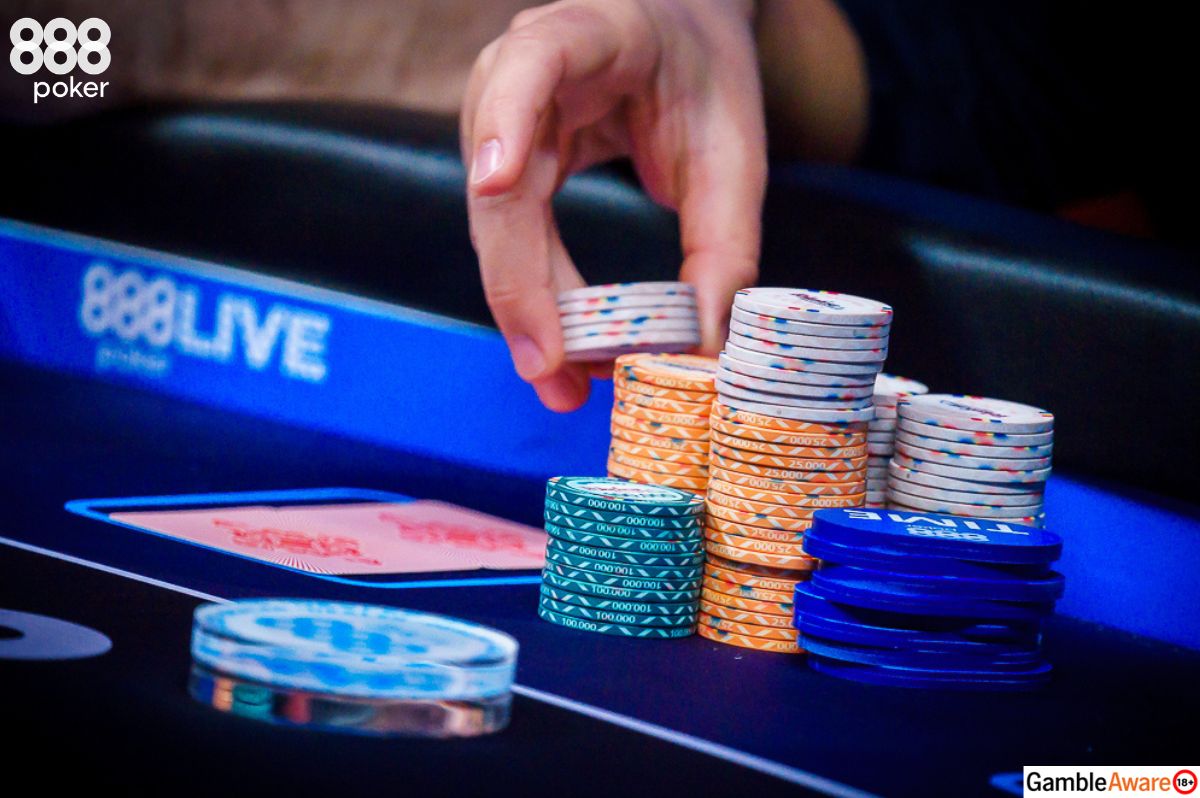
What Makes a Valid Backraise?
Back-raising is not just for recreational players. There are many instances when good players might choose to backraise in poker. The difference between a good and bad player back-raising isn’t always evident.
However, strong players typically do so with a broader range of hands and won’t necessarily shove.
Decent back raise poker spots vary a lot and depend on the following factors:
- Number of players in the pot
- The nature of the 3-bettor
- Your stack size
- The size of the pot
For example, say you over-called with poker combos like KQs or 88 or ATo, and a very aggressive opponent makes a squeeze on the button. You may feel that this is a decent spot for a backraise.
Your goal will all depend on your hand and the pot size. With a reasonable all-in hand like TT and a shoveable stack, the dead money can make this a profitable all-in if the original 3-bettor is wild enough.
You will win a lot without a showdown and should do okay when called.
If you initially called with a hand like KQ, QJ or A4s. However, try a backraise bluff if your stack is deep enough. These hands have good blocker value, and a backraise looks very strong. So, it’s an ideal situation to let your hair down a little.
Even if things don’t work out, knowing you can backraise bluff will make aggressive players think twice before squeezing too liberally against you.
Risks of Back-Raising
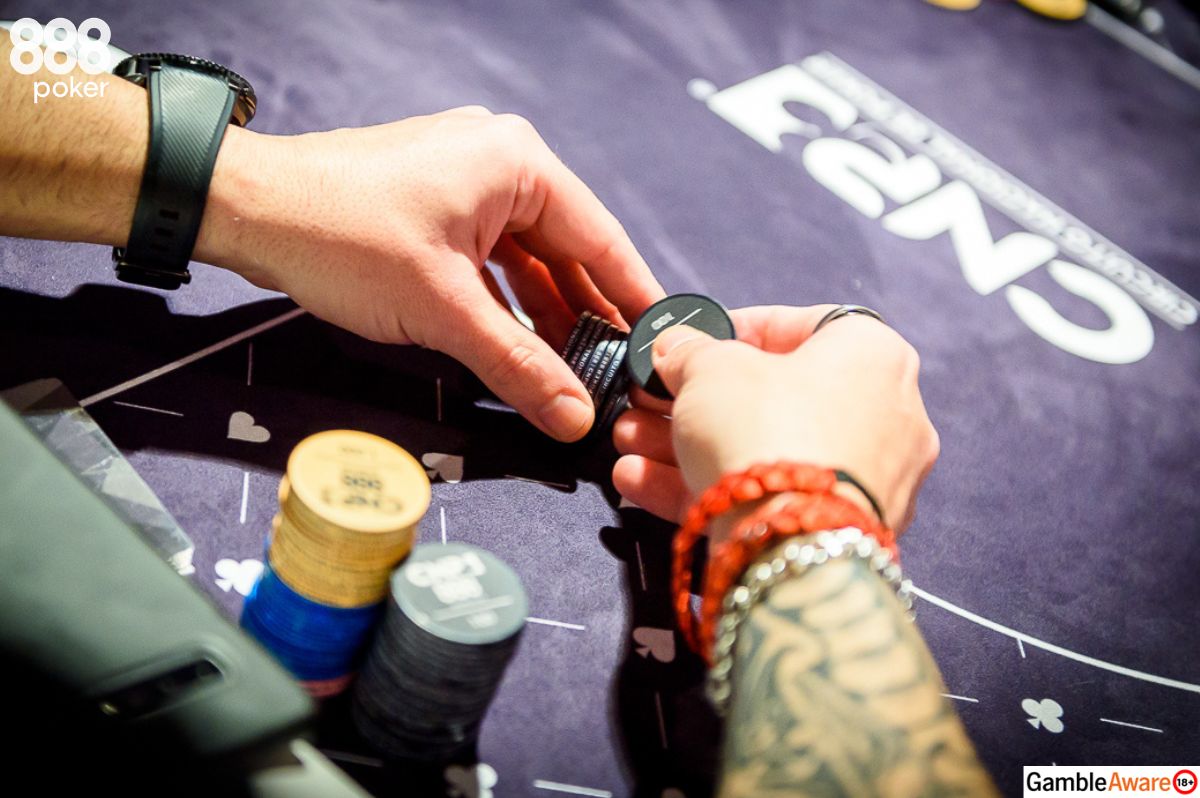
When planning a backraise, the risk exists that your opponent misses the bait and elects to call or fold. Though you might blush slightly when turning over the nuts, this result comes with the territory.
It’s easy to feel you missed value if the players behind you fold. But it’s worth remembering that if they didn’t raise, poker probability dictates that they wouldn’t have called your raise either.
Moreover, your call can cause the players behind you to make overcalls with hands they would have folded if you’d raised. Look at it as a swings-and-roundabouts situation and a reminder to mix up your play.
There is undoubtedly an art to back-raising, but it can be a great tool on the felt.
Backraise Poker Quiz (Scroll down for answers)
- A backraise is when a player raises after previously calling a bet on the same street.
- Backraises are common in heads-up pots and passive games.
- Tight recreational players often use backraises with strong but tricky hands like AK or JJ.
- A backraise is the same as a regular 4-bet.
- Backraises can only happen before the flop.
- One reason to backraise is to pick up dead money in the pot.
- Skilled players never backraise with weaker hands or as a bluff.
- Backraises always lead to larger pots than regular raises.
- Back raise poker can help disguise the strength of your hand and confuse opponents.
- If opponents call after your backraise, it means you misplayed the hand.
Poker Quiz Answers
- True
- False
- True
- False
- False
- True
- False
- False
- True
- False
See Also
